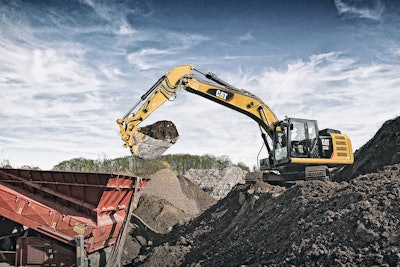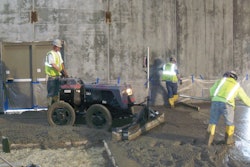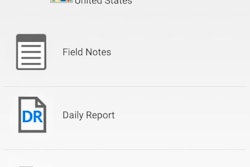
How many gallons of fuel did we take today? Did we pull a report to check on idle time? Are we current with our fluid sampling and what are the test results indicating? Are we implementing the appropriate technologies to drive maximum productivity and efficiency? Quick answers to questions like these can go a long way to keeping a job site running efficiently. The longer it takes to get the right information to the right people, the greater the risk of delays and cost overruns. The good news is that there are tools you can use to keep vital information just a few clicks away from just about any location. Here are my top recommendations.
- Leverage the new telematics standard for mixed fleet
Many owners have equipment from different manufacturers on a site. In the past, if managers wanted to look at the data, they had to use different dashboards for each brand and switch back and forth between reports to get a complete fleet picture. With the new telematics standard, your managers will be able to see all their equipment, regardless of manufacturer, and view their entire fleet on a single dashboard. This can eliminate wasted time hunting for information, speed proactive equipment management and increase availability, uptime and profitability.
- Focus on one efficiency gap at a time
Most job sites have areas that can be improved in terms of productivity, efficiency and/or accuracy. Identify one of these and use technology and data to make them better. This will simplify the process because the data being used is very focused (not a flood), and there is little process change involved—you’re just using more advanced communication options so you can be faster and more precise.
- Build processes that include technology
Once the benefits are proven, you can begin to change existing processes and include technology. There is no prescribed set of processes—successful change will depend on your company and its culture. Modify processes through implementation of technologies that will provide the greatest benefits for the type(s) of work your company performs.
- Share the savings
As you reap the benefits, chart the savings in time and money and communicate progress to everyone on your team. You can even post it in a common area, send out an email or create your own video report. The critical point is to engage everyone in seeing the results that can be achieved.



















